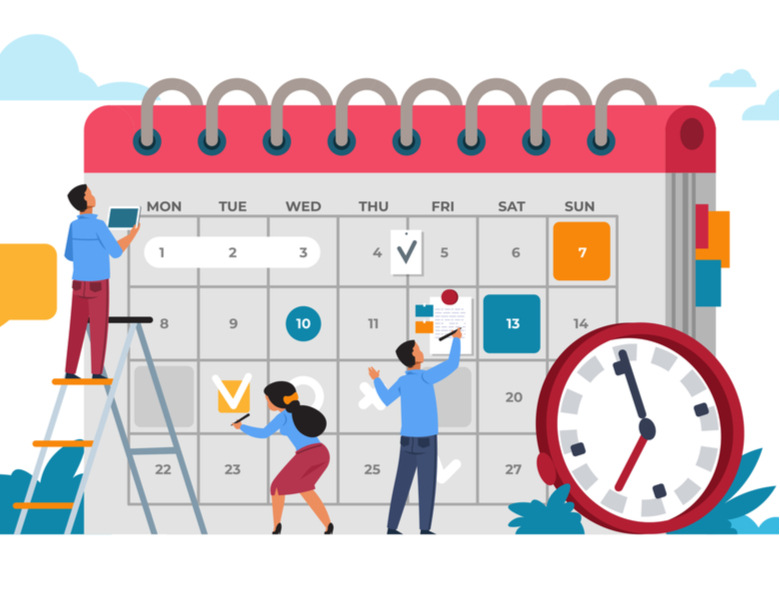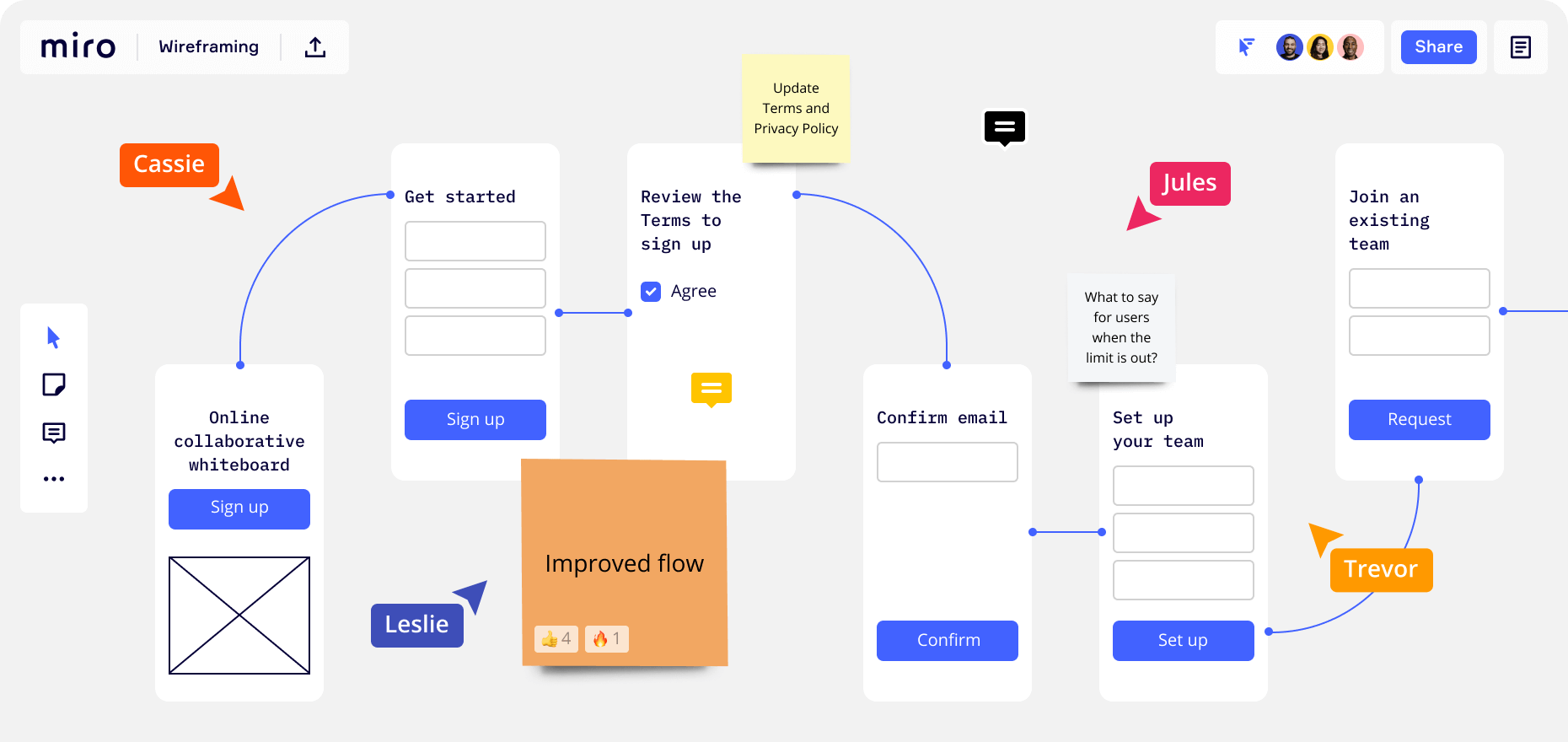
Okay, so it’s a high alert situation. Your app development project has failed and you have no clue what to do next. You have invested all of your efforts, time and funds into the project and now, you are left with just a few questions in your head, like How to fix failed app development project? How to turn the situation in your favor? How to ensure that you never encounter this situation again?
I can sense what’s going on your mind. Being in the mobile app development industry, I have come across various Entrepreneurs and App Developers like you. I have gone on a time travel with them when they were planning to throw a champagne party but realized that their project hadn’t performed well in the market.
Based on the insights gained from their experiences and the mobile app project management skills we have, here I’ll share different ways to look recover a failed app development project in this article.
So, keep your notebook or note-making apps ready!
But wait, instead of directly jumping into the falling app development project recovery process, let’s look into the reasons behind this.
Reasons Why Mobile App Projects Fail
While it is difficult to predict the real culprit of the project failure, here are some of the reasons for app development project failure that are prevalent in the market:-
1. Missing Competitor Analysis and Discovery Phase

Many businesses are so fascinated by the success of applications like OYO, Uber, TikTok, and Instagram that they feel the urge to enter the mobile market at the earliest. They begin with the development process just the moment an app idea hits their mind – without determining if it’s a unique idea or not, and if the market needs an app like that. This results in loss of funds, effort, time, and opportunities to make your app a big hit in the market.
2. Unclear Requirements

Many a times, the team begins with the project development process without gaining a comprehensive knowledge of the idea behind. As a result of this, they come up with a mobility solution which is entirely different from the one that fits in the market, meet the stipulated goals, and make the target user base happy. This makes their app project go flop in the market.
3. Unrealistic Schedules

To ensure that their application hit the market at the earliest, many developers set the deadlines for every mobile app development phase without giving a thought to the time and effort required. As a result, they struggle to complete the tasks associated with each phase at the stipulated time and keep on postponing the project in the next phase, eventually resulting in piling up of the tasks and later, failure.
4. Lack of Resources

To create a mobile app, various resources and tools are required, including automated testing tools, analytics software, prototyping tools, etc. If these resources are not made available at the right time, it can delay the whole development process, affect the quality of the application developed, lessen its impression on the mobile market, and therefore, result in project failure.
5. Dependency Delays

In various app development agencies, different teams use the same resources or rely on each other for fulfilling their needs. In such a scenario, if a team fails to finish its tasks on time or provide the other team with the right assistance, the plans of other teams get automatically affected – which, on the long run, result in to app project failure.
Let me explain this with an example. Suppose you have hired a small app development agency where a single designer handles all the UI/UX design requirements. You want to get your app’s screens designed, but the team shares that he is occupied with some other app project. In such a situation, you are left with no option other than waiting for him to get free and make changes in your whole process accordingly.
6. Drift in Prime Focus
Shift from the prime intention behind development process is also one of the reasons for app project failure. This is so because every element of the app project has been crafted such that it fits to your prime vision and deliver some value to the target audience. When you make a transition in the prime goal, most of the elements lose their importance and the demographics of the target audience also changes, which eventually affect the success level of your mobile app.
7. App Design Without MindMapping and Wireframing

Many businesses and developers overlook the importance of investing in mind mapping and wireframing. They do not follow the right app design process; they create the app screens directly and then jump to the coding part. This prevents them from looking into the hidden opportunities and challenges, and thus face the failure.
8. Absence of MVP Concept

Though it has been proven that following the digestible guide to Minimum Viable Products (MVP) can help you with meeting the needs of the progressively changing market and testing your app idea, many businesses overlook this phase. This eventually results in failing of the project and making it necessary for one to watch out for how to get a failing app development project back on track.
9. Lack of Coding with Proper Structures
Most of the time the codes that have been written for creating an application performs its job well, but is too complex and cumbersome to read, understand and upgrade. This makes it challenges to update an app or simply optimize the code – resulting into app crash and even failure on a long run.
10. Unidentified Risks
When talking about mobile application development, there are various challenges that remain behind the curtain in the beginning of the development process. If you do not have an experienced team with you, it will become difficult for you to tackle the situation and mitigate all those challenges, resulting in app failure.
11. Uninvolved Project Head

Since a project head is the one who allocates tasks to the right team members, look into the challenges they are facing, come up with relevant solutions, and foster harmony among the team, absence of a project manager also ruin the success ratio of your app project.
With this attended to, we have now become familiar with some of the popular reasons which makes a mobile app project fail in the market. So, without any further ado, let’s look into different steps followed by top mobile app development companies like Anteelo for recovering a failed app development project.
Steps to Revive Your Failed App Project
1. Invest in Discovery Phase

There’s no denying to the fact that Discovery phase can help your application survive in the market. This phase can provide you with the right insights about the market, customer behavior, technologies and tools trending in the arena, and much more. This information can help you with validating your app idea as well as making a relevant development plan. So, look forward to investing efforts into this phase.
2. Perform Competitive Analysis

While the discovery phase will help you to know what’s popular in the market and validate your idea, competitive analysis process will provide you with detailed information about the features and technologies that you must add into your tech stack and the business model to opt. So, look into how to perform competitive analysis for your mobile app idea.
3. Revisit Your App Goal

When it comes to how to fix failed app projects, revisiting your app goal and comparing it with the failed mobility solution is also an effective way to make a fresh start. This is because most of the time unclarity of app idea or change in the prime focus has turned the app idea flop.
So, do not skip this step.
4. Gather Your Resources

The next step to turn your failed app project into a successful investment is to gather all of your resources and funds. By doing so, you will be able to evaluate how much funds and resources you need more to meet the needs of the recovery process and how to collect them, which will eventually help in lessening the risk of further app project failure.
5. Look into Code Reusability Possibilities
In this step, you will consult with the hired project manager and look into what extent of code can be reused for recovering your failed software and how much time can be saved. This will provide you with a new answer to how long does it take to build a mobile app and thus, proceed more effectively.
6. Make a New Plan
Whether it’s about how to overcome app development failure or revive a failed project, making a new plan based upon the insights gained from the above steps will definitely help you. It will provide you with a new approach to mitigate the challenges and build the application for driving higher ROI.
So, invest your time and effort into the process.
7. Set the Priorities

Now when you have curated a new development plan based upon the reasons behind the project failure, the next step is to assign priority to each element of the process. When you set a priority for each task, it becomes far easier to overcome further loss and recover your project effectively.
So, sit your development team and look forward to planning the priorities.
8. Address Issues in Real-Time

Another step that falls in the category of distressed app development project recovery is to addressing the issues in real-time.
When you encourage your dedicated project management team to test the application at regular intervals, it becomes easier to come across the unidentified risks and opportunities, which further increases the chances of success in the recovery environment.
Likewise, when you do not keep the audit process for the day of delivery and keep on sharing your feedback and suggestions on the recovery process, it becomes far easier to fix your failed app project.
So, keep this in mind.
9. Change Leadership

Though it is not directly in your hand – being a client – you can still suggest your hired application development team to change the leader of the team dedicated to your project. This will help in dealing with the challenges associated with the development process as well as that arisen internally in real-time and ensure that all the tasks are done on-time and in harmony.
10. Maintain Proper Communication

Last but not the least, prefer to have a streamlined communication throughout the development process. This will keep you and your hired project development team on the same page and prevent the chances of misunderstanding. Besides, it will enhance the chances of improving the app model by exchanging feedback and suggestions in real-time. So, do not overlook this factor.
With this, we have covered the reasons for app development project failure and how to recover your project from them. While this implies that it is the finest time to invest your effort and time into the process, there is one more thing you must look into – i.e., to determine if it is apt to recover your project or not.
This is because in various cases, the need of the project has changed so drastically since the day its development started that even if you recover your failed project, you will again have to upgrade it as per the current market trends, business plans, and customer needs. Or better say, give a complete transformation to the project which will demand efforts equivalent to that invested in development from scratch. In such scenarios, it is better to leave the failed project as it is and begin with the application development process from scratch itself.
So, taking the same thought forward, let’s wrap up this article by looking into how to decide when one should hire a project manager and recover their project and when they should simply leave it and make a fresh start.
When to Recover Your Project and When to Begin from Scratch
When it comes to distinguishing when to recovery your app project and when to build a new one, here are some of the questions that you can turn towards for clarity:-
- Has the need of the project changed and to what extent?
- Has the project priority changed? If so, is it required to hold the project for some time or abolish the idea?
- Do you have enough funds to continue the app project? If not, how are you going to arrange funds and in what time interval?






